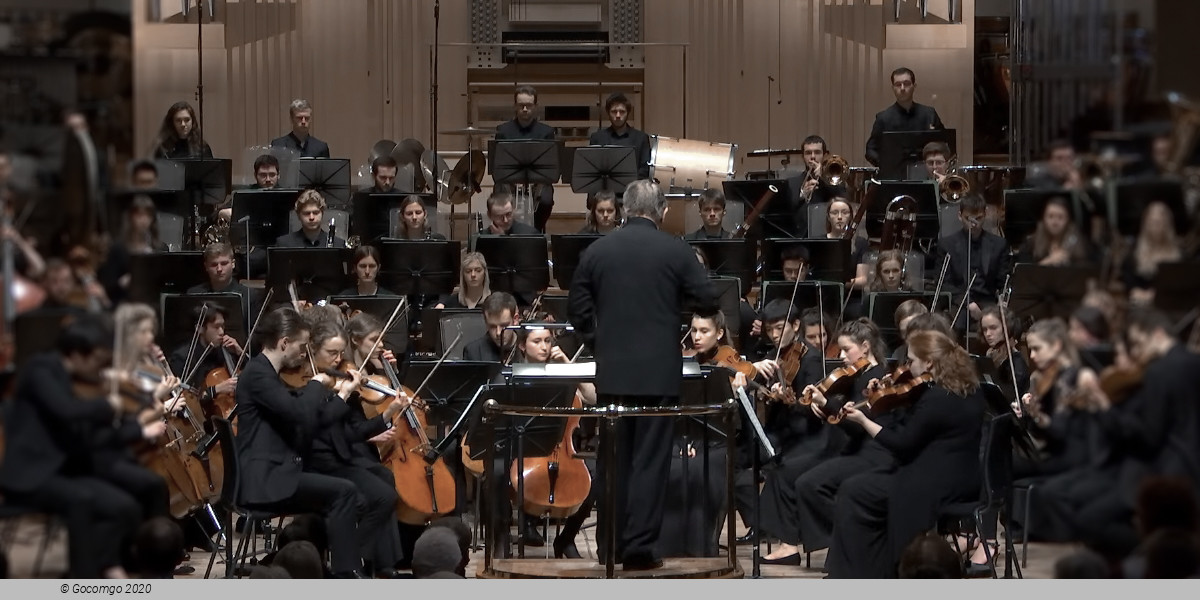André Campra (1660-1744), Provencal composer and renowned Chapel Master at the cathedrals of Toulon, then Arles, Toulouse and Paris, wrote this Requiem Mass probably shortly after his arrival in Paris in 1694, while he was directing the master's degree from Notre-Dame.
Composed for a service in memory of the Archbishop of Paris Monseigneur François de Harlay in November 1695, this mass is part of this period when Campra's religious music reached its full maturity: traditional polyphony is treated with the same expressiveness as the solo arias, which already announced their composer's taste for opera – it was at this time that he began writing his opera-ballet L'Europe galante. The instrumental passages, far from being simple preludes, interludes or postludes, also testify to the marked sensitivity of the future deputy master of the Royal Chapel of Versailles.
Since its foundation, Notre-Dame de Paris Cathedral has brought together the greatest musicians of its time. As soon as the building was completed, it was within its walls that the first polyphonies were invented: this unprecedented art of superimposing several voices creates a new harmony unheard of until then. Singing is at the center of the services to which they give a luster which ensures them a reputation well beyond the capital of the kingdom. Since the Middle Ages, numerous singers, organists, composers and choirmasters have enjoyed the heyday of music at Notre-Dame.
Since its foundation, Notre-Dame de Paris Cathedral has brought together the greatest musicians of its time. As soon as the building was completed, it was within its walls that the first polyphonies were invented: this unprecedented art of superimposing several voices creates a new harmony unheard of until then. Singing is at the center of the services to which they give a luster which ensures them a reputation well beyond the capital of the kingdom. Since the Middle Ages, numerous singers, organists, composers and choirmasters have enjoyed the heyday of music at Notre-Dame.
In the 17th century, if the Royal Chapel concentrated attention, mirroring a power concentrated at the court, Notre-Dame remained a considerable breeding ground for musical art. The Chapelle Royale draws the vast majority of its musicians from there. This program pays homage to the great composers who were associated with him. Despite the conservatism of religious authorities, the Paris Cathedral remains in the 17th century, by the means at its disposal, but also by its ambition to be the first sacred place in the kingdom, the epicenter of sacred music. Its newly restored organ is a masterpiece of modernity and the greatest organists alternate there, creating a school famous throughout Europe of which Bach will be one of the great admirers. The most creative talents of their time followed one another there as chapel masters and composers, and despite the very strict constraints decreed by the chapter, they offered the liturgy considerable splendor.
After his apprenticeship at the master's degree at Notre-Dame de Paris, Pierre Robert was quickly identified as one of the most inventive composers of his time: after ten years spent as chapel master of Paris cathedral, he It was therefore naturally to him that the young Louis to the revolution and will become a model throughout Europe, as a symbol of French music. François Cosset, Jean Veillot and Jean-François Lalouette are also among these masters of Notre-Dame who have made the reputation of French sacred music and whose music is of the first rank.
Like the previous ones, André Campra also has a career path typical of church musicians of his time: trained as a young singer at the master's in Aix-en-Provence, under the direction of Guillaume Poitevin, he is experienced in the art ecclesiastical chant, church fashions, ceremonial. Prodigiously gifted, he quickly took up composition. If he quickly moved away from the position of master of the Chapel of Notre-Dame (the anecdotes on this subject give an idea of his indomitable attraction to the stage, apparently incompatible with any respectability if we are to believe the canons of the cathedral) to devote himself to the opera which would make him famous at the very end of the century, his sacred music constitutes a first-rate work. His Requiem is one of the most striking works of the Grand Siècle, and contrary to what a modern ear might expect from such a text, the music has a solar intensity: the musician thus offers his particular reading of an ancestral text and a certain vision of death. Eternal light (lux perpetua) is at the heart of this southern work, resolutely positive, deep and radiant.



 3 Place Léon Gambetta, Versailles
3 Place Léon Gambetta, Versailles